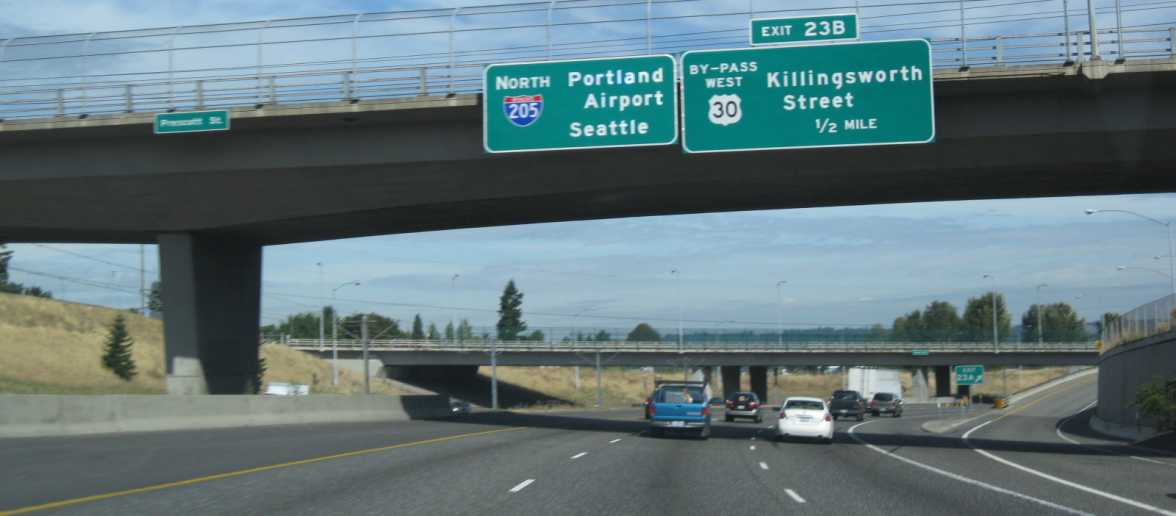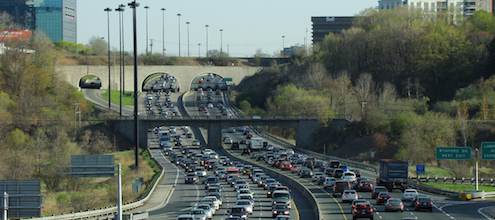
Drive-and-Dash on the Gas Tax: Oregon’s Program
Oregon just started a third, voluntary trial of a system that could fundamentally change the way that roads are funded in the State. Under the program, instead of paying per gallon of fuel via the gas tax, drivers pay per mile—and people are signing up. But pricing driving more directly can also drive changes in behaviour: the system could also serve as a model for policies that use pricing to reduce congestion and improve transportation systems.
Roads are expensive—And revenue is on the decline
A lack of money to pay for transportation infrastructure is a big concern in a lot of places, and there are a lot of reasons why. These are the main ones that concern Oregon: the US federal gas tax is still at ’93 levels, cars are using way less gas (or none at all) to drive, and people are driving less. Construction costs are also on the rise, meaning that while fuel tax revenue is on the decline big time, costs are getting higher. Most of this applies here in Canada too—the recent Vancouver transport funding referendum is a sign of similar concerns. Oregon is at the vanguard of trying to fix road funding issues.
People seem open to the new model
The third Oregon trial—a volunteer-based pilot for up to 5,000 cars and light-duty commercial vehicles—started in July. They’ll pay 1.5 cents per mile they drive, but will get a credit on the gas tax, saving 30 cents per gallon (8 cents per litre) at the pump.
Many see benefits to the new model; 801 people signed up within the first month. Other places have also experimented with distance-travelled charging.
The technology works, and you don’t have to worry about big brother
GPS technology is an important component of the system, and it appears to work well. But some people have privacy concerns about tracking movements to measure distance-travelled (although many of us seem to be OK with sharing our location with numerous mobile apps). Oregon’s program, however, offers the volunteers choices about how to pay. The current trial offers three technologies—choose your own provider—including an option that does not rely on GPS.
There are broader implications for policy… and for congestion
Distance-based charges can fund road infrastructure while also affecting congestion and choices about driving. As a result, opportunities to use such systems for more than just road funding are gaining clout. Pay-by-distance systems are quite nimble, with a lot of potential for interesting design tweaks promoting low emissions vehicles with beneficial rates, addressing fairness issues by offering different rates to different groups, and yes, targeting congestion. Oregon’s first pilot project sought to explore not only alternative ways to raise money for roadway infrastructure but also included “rush hour” pricing for some participants. Drivers subject to higher rush-hour per-mile rates responded by reducing driving at those peak times by 22% compared to the group paying the fixed rate. Despite this success, the State decided to focus strictly on the revenue generation objective for the second and third pilot studies, suggesting that congestion pricing could be designed and implemented at the local level. Stay tuned for future Ecofiscal work on congestion pricing, including distance-based charges or pay-as-you-drive.




Comments are closed.